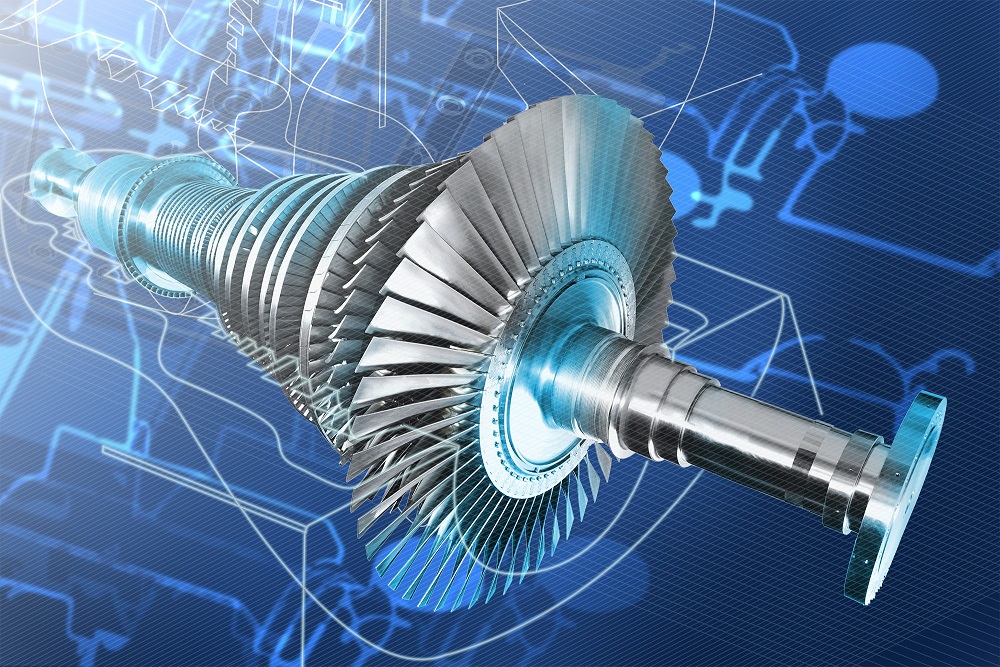Cryogenic tanks are specialized tanks used for storing liquefied gases at very low temperatures, far below their respective boiling points. The term cryogenics comes from the Greek words cryo meaning “cold” and gen meaning “producing”. Liquefied gases like liquid hydrogen, oxygen, nitrogen, and natural gas need to be stored at cryogenic temperatures to remain in their liquid state. This is where cryogenic tanks play a vital role as they are specially designed and insulated to prevent heat transfer and allow safe storage of liquefied gases at cryogenic temperatures for long periods of time.
Types of Cryogenic Tanks
Cryogenic tanks come in various types depending on the application, gas being stored, storage capacity, and insulation requirements. Some of the common types of cryogenic tanks include:
– Dewars: These are stainless steel vacuum flask style tanks used for small volumes usually less than 1000 liters. They have double walls with vacuum insulation in between.
– Atmospheric tanks: Used for storage of gases like liquid nitrogen at atmospheric pressure. These cylindrical tanks have multilayer insulation and can hold volumes from 5000 to 50,000 liters.
– Low-pressure tanks: Designed to store liquefied gases like LNG and hydrogen at pressures up to 5 bar. They have a robust cylindrical and spherical design with thick insulation layers.
– High-pressure tanks: Required for gases stored at pressures from 5-35 bar and above. These spherical tanks have reinforced concrete or steel inner vessels with multiple insulation layers.
-Transport tanks: Specially designed tanks mounted on trucks and trailers for transportation of cryogenic liquids over long distances. Cryogenic tankers provide thermal insulation and pressure containment during transit.
Design Features of Cryogenic Tanks
Due to the extreme operating conditions, cryogenic tanks must be designed to provide reliable pressure containment and thermal insulation. Some key design aspects include:
– Vacuum insulation: To reduce heat ingress into the tank, a vacuum layer is created between two or more tank walls with a pressure difference of less than 10-3 mbar.
– Multi-layer insulation: Common types are aluminized PET(Mylar) film, glass wool and reflective aluminium foil layers providing insulation values up to 12-15 K/W.
– Tank geometry: Spherical or cylindrical tanks optimize strength and thermal performance. Reinforced inner vessels support pressure loads.
– Relief devices: Safety valves, bursting disc devices are used for overpressure protection without loss of cryogen.
– Support systems: Cryogenic tanks require complex piping, instrumentation, pumping and transfer equipment for liquefied gas handling.
– Construction materials: Stainless steel, aluminum and carbon steel compatible with cryogenic service conditions from -250°C are commonly used.
Applications of Cryogenic Tanks
With increasing demand for renewable energy resources, cryogenic tanks are playing an essential role in enabling storage and transport of liquefied gases. Some major applications include:
– Hydrogen storage: Liquid hydrogen at -252.8°C is increasingly being used a clean energy source in fuel cell vehicles and for industrial processes. Cryogenic tanks allow for compact hydrogen storage.
– Natural gas storage: Liquefying natural gas at -162°C allows 600 times increase in volume, making it economical for shipping by special cryogenic tankers overseas. LNG import terminals also use large cryogenic tanks.
– Industrial gas storage: Industries involving metal fabrication, food processing, healthcare require reliable supply of industrial gases like oxygen, nitrogen in liquid form stored in cryogenic tanks.
– Space applications: Liquid oxygen and hydrogen fuels are used in rocket propulsion systems. Cryogenic tanks withstand extreme temperature variations during launch and re-entry.
– Scientific research: Low-temperature experiments in materials science, biotechnology and physics investigate exotic states of matter requiring storage of cryogens in specialized dewars and tanks.
Safety Aspects of Cryogenic Tanks
Handling cryogenic liquids poses certain risks due to very low temperatures, rapid boiling/phase changes if temperature rises. Some safety considerations with cryogenic tanks include:
– Personnel must be trained regarding cryogenic enervations like oxygen enrichment, brittle fracture and asphyxiation hazards.
– Tanks are equipped with advanced temperature and pressure monitoring instrumentation for leak detection.
– Vacuum-insulated tanks have multiple pressure relief steps to safely vent overpressures.
– Cryogenic liquids spills present unique challenges due to rapid vaporization and formation of flammable atmospheres.
– Proper protective equipment like face shields, gloves are used during operations near cryogenic tanks and transfer lines.
– Emergency venting provisions remove pressure buildup threats in case of malfunctions.
Future Outlook
With growing demand for renewable cryogenic fuels and industrial gases, the global cryogenic equipment market is projected to grow at 6-7% annually. Advanced materials enabling lighter and more compact cryogenic tanks along with new applications in energy storage will drive innovation. Adoption of modular standardized cryogenic solutions can make liquefied gases viable energy and technological options of the future. Cryogenic tanks are enabling revolutionary progress through reliable storage of gases in specialized low-temperature applications.
*Note:
1.Source: Coherent Market Insights, Public sources, Desk research
2.We have leveraged AI tools to mine information and compile it




